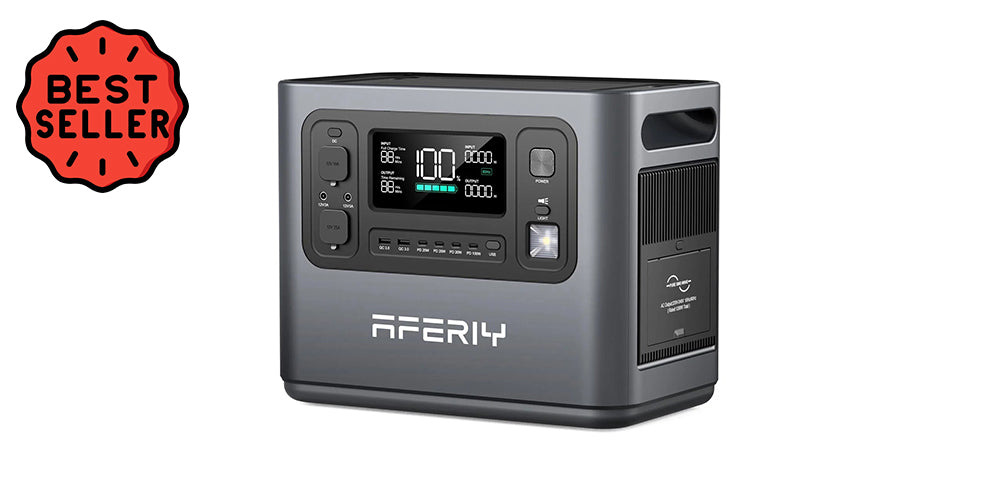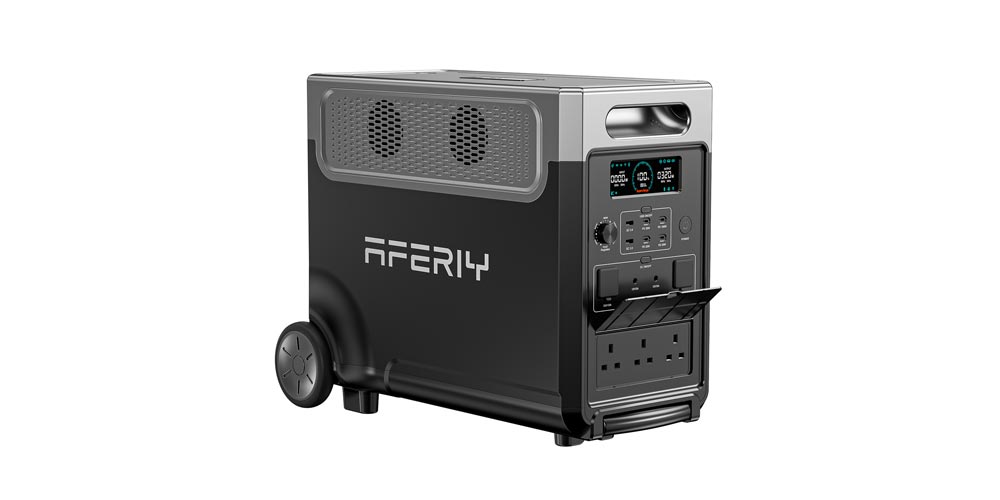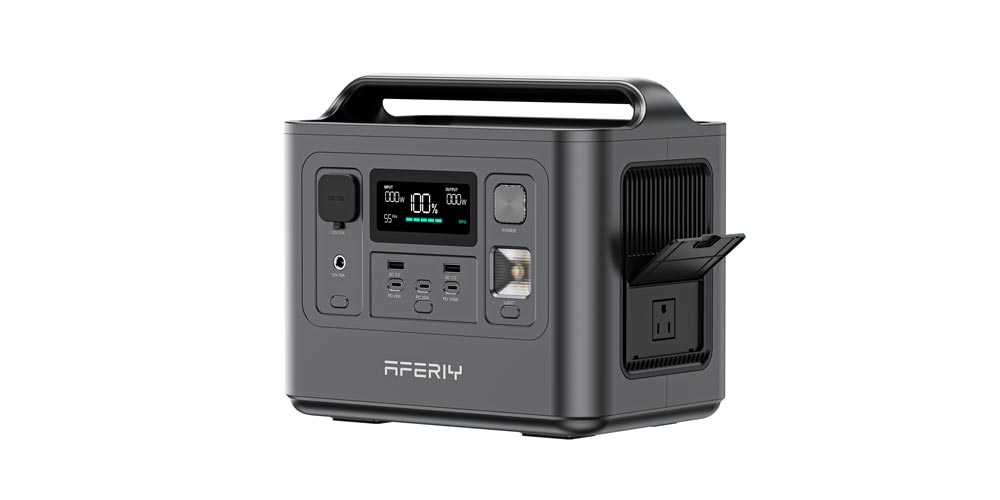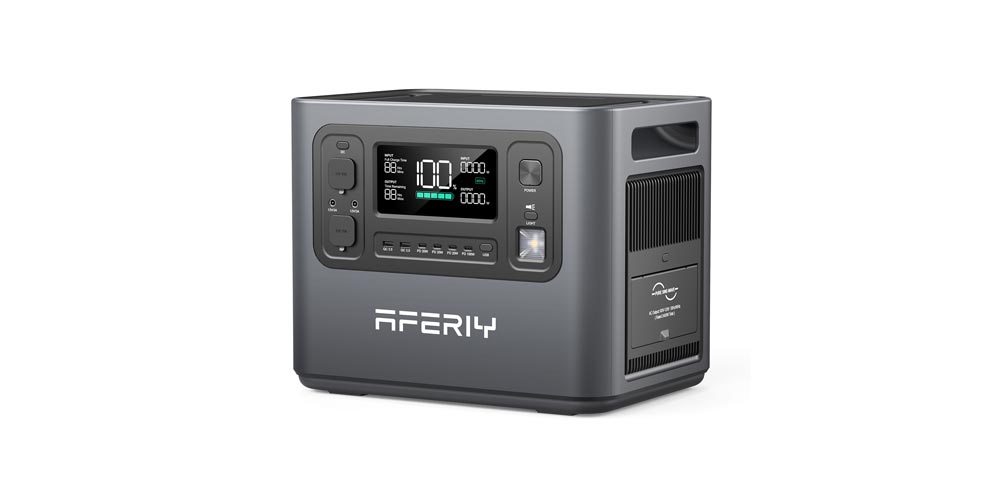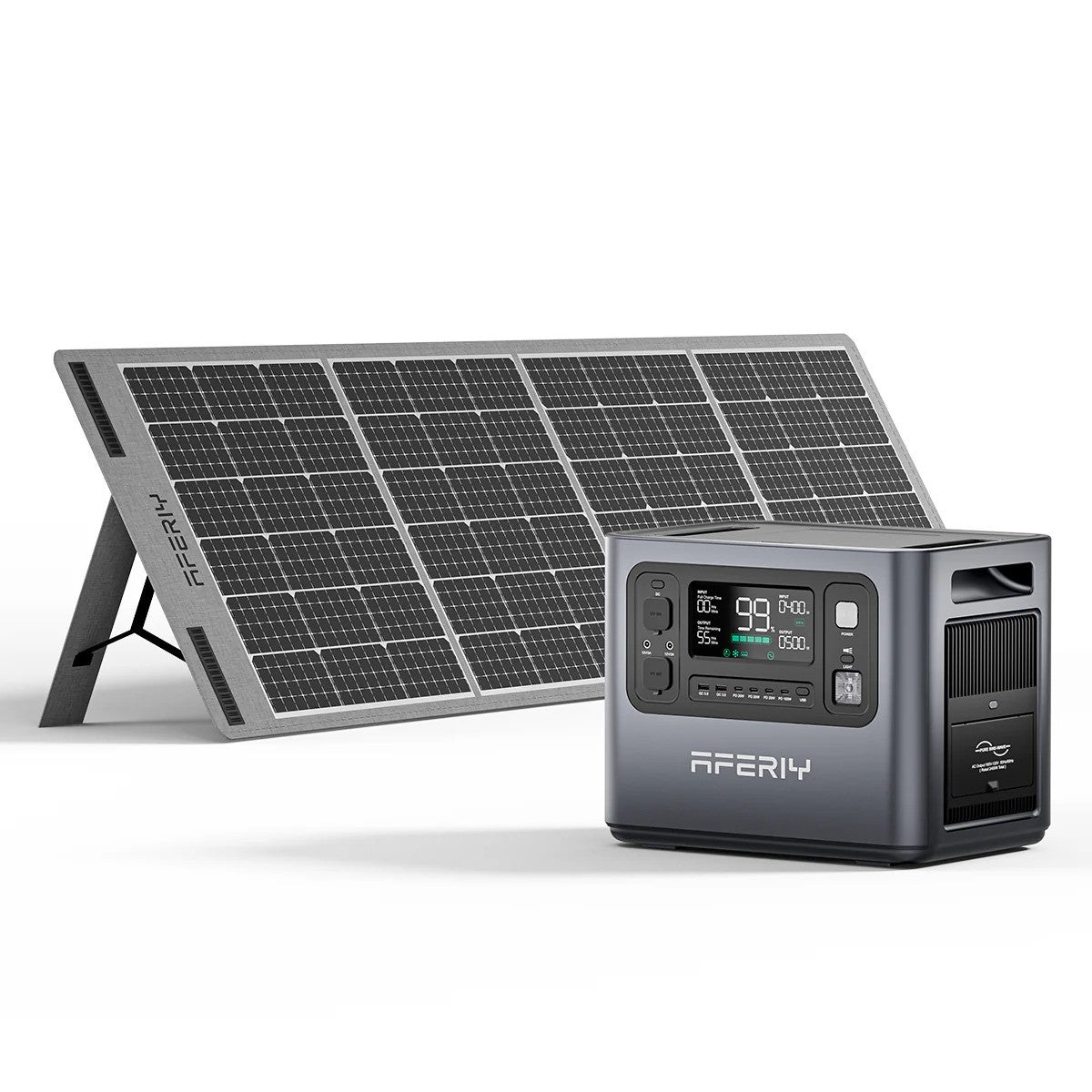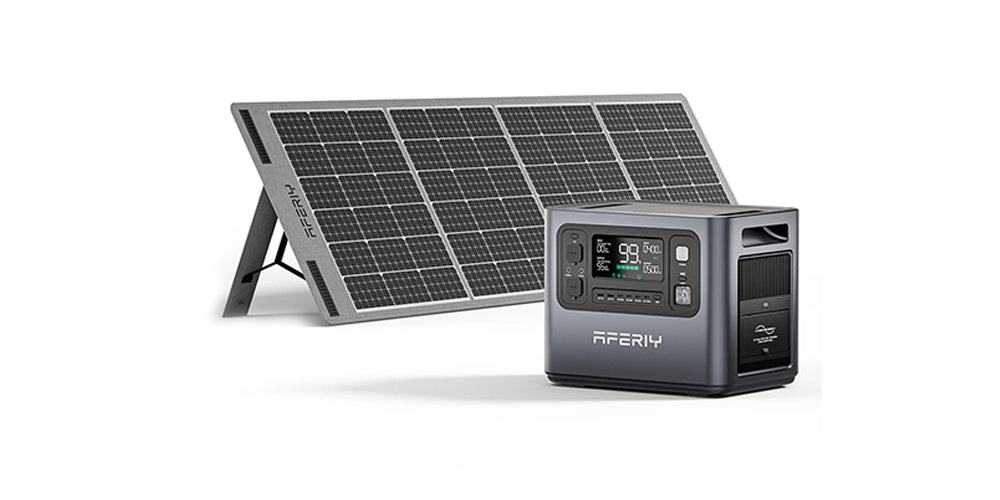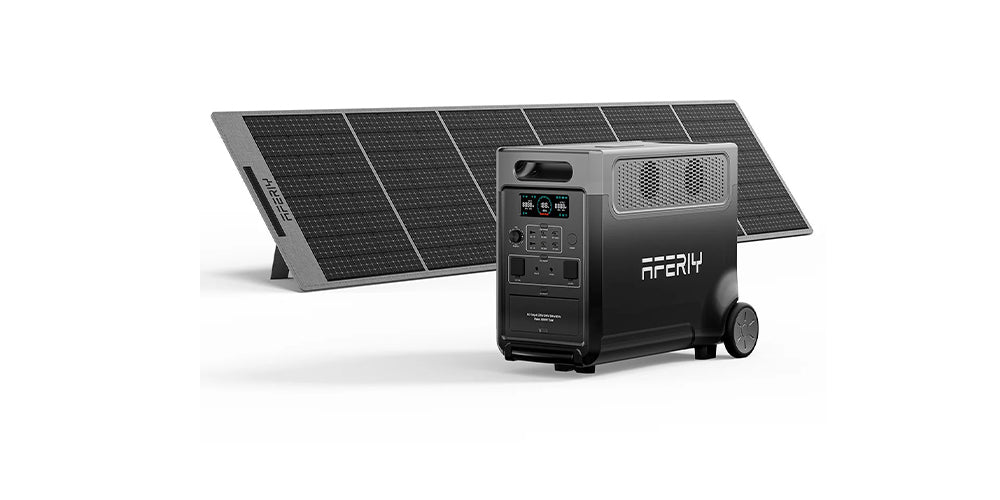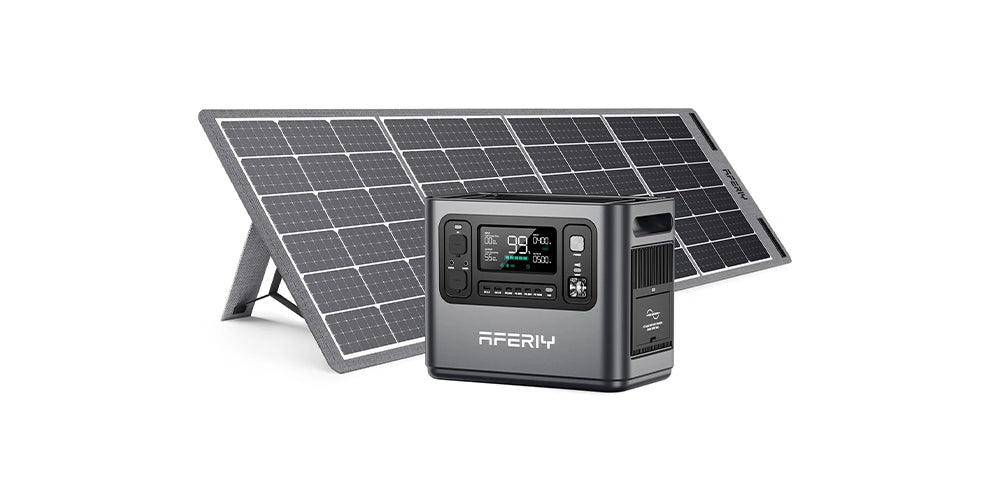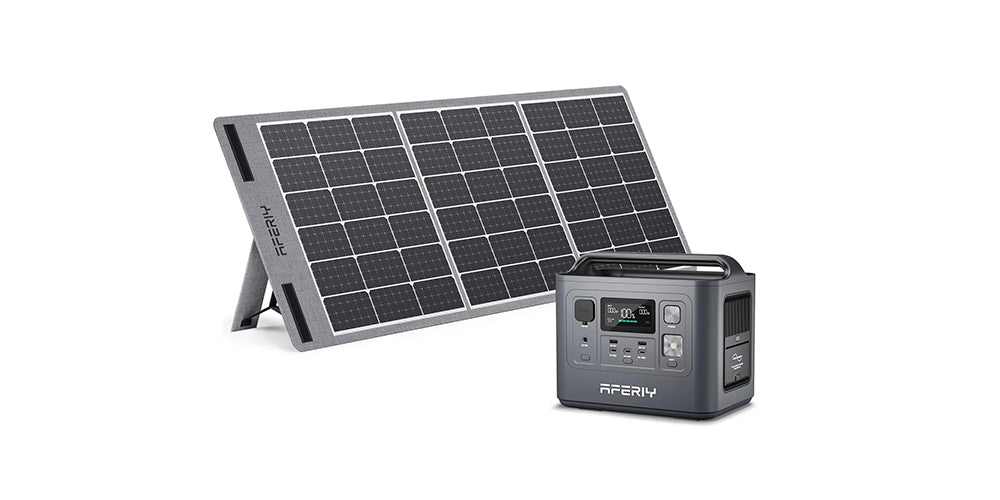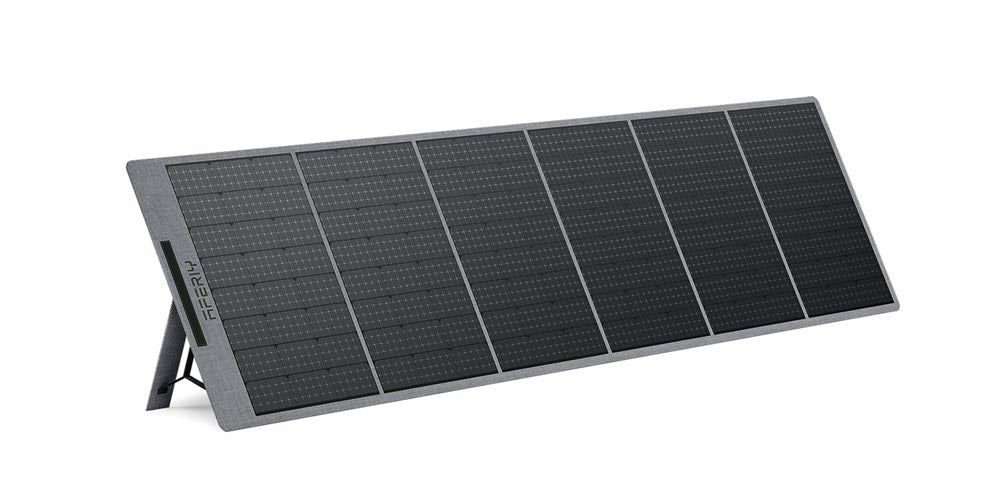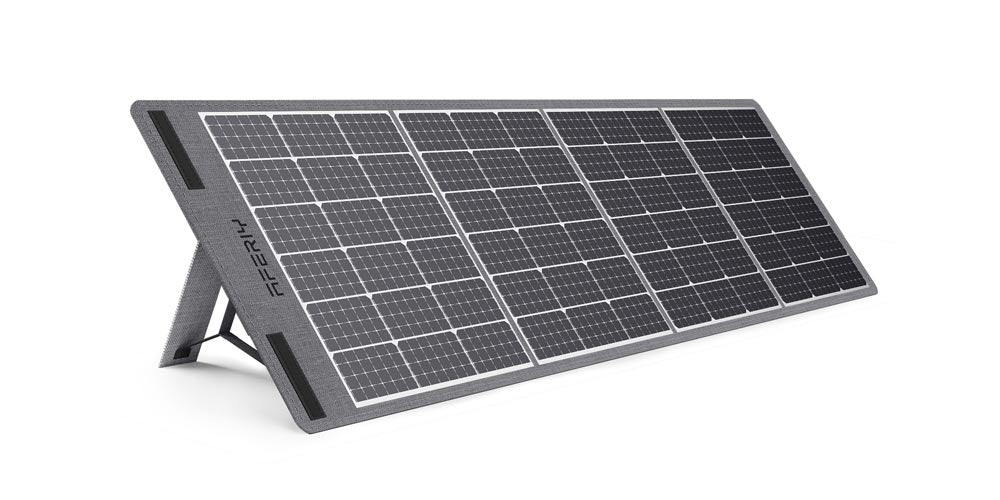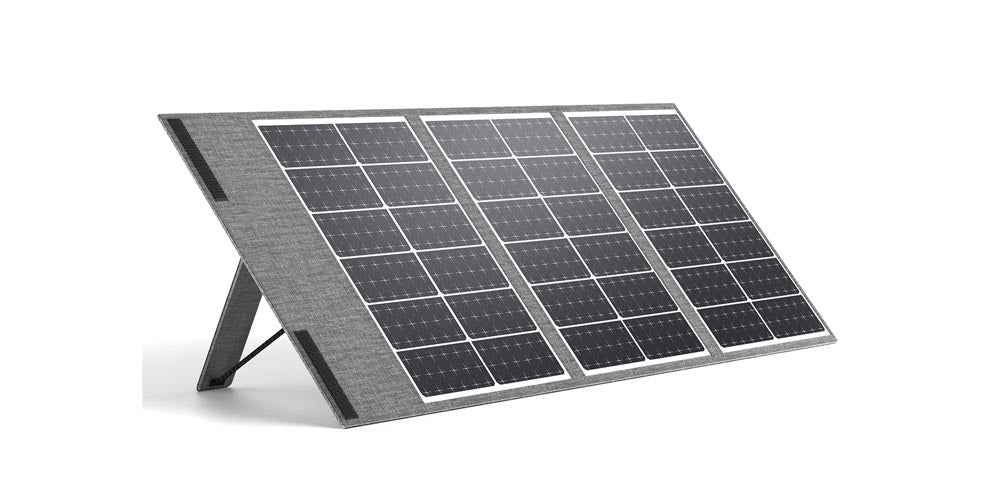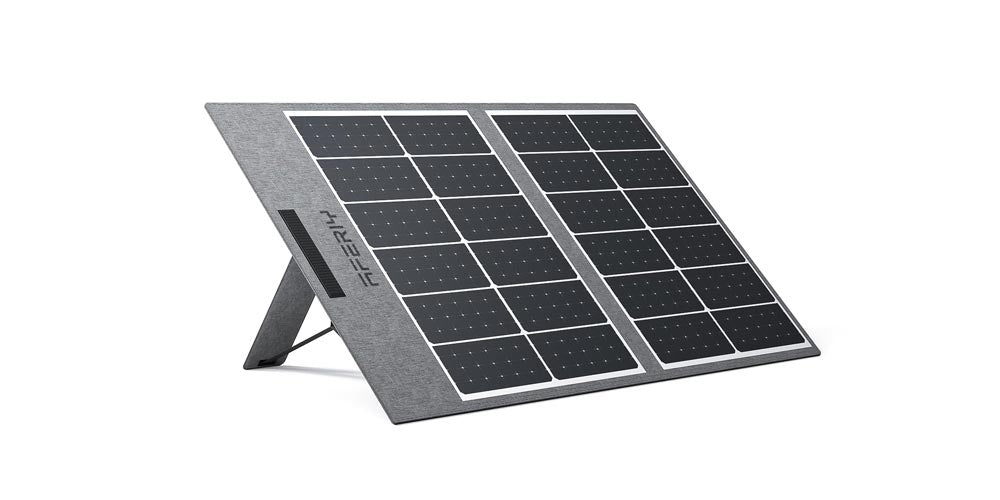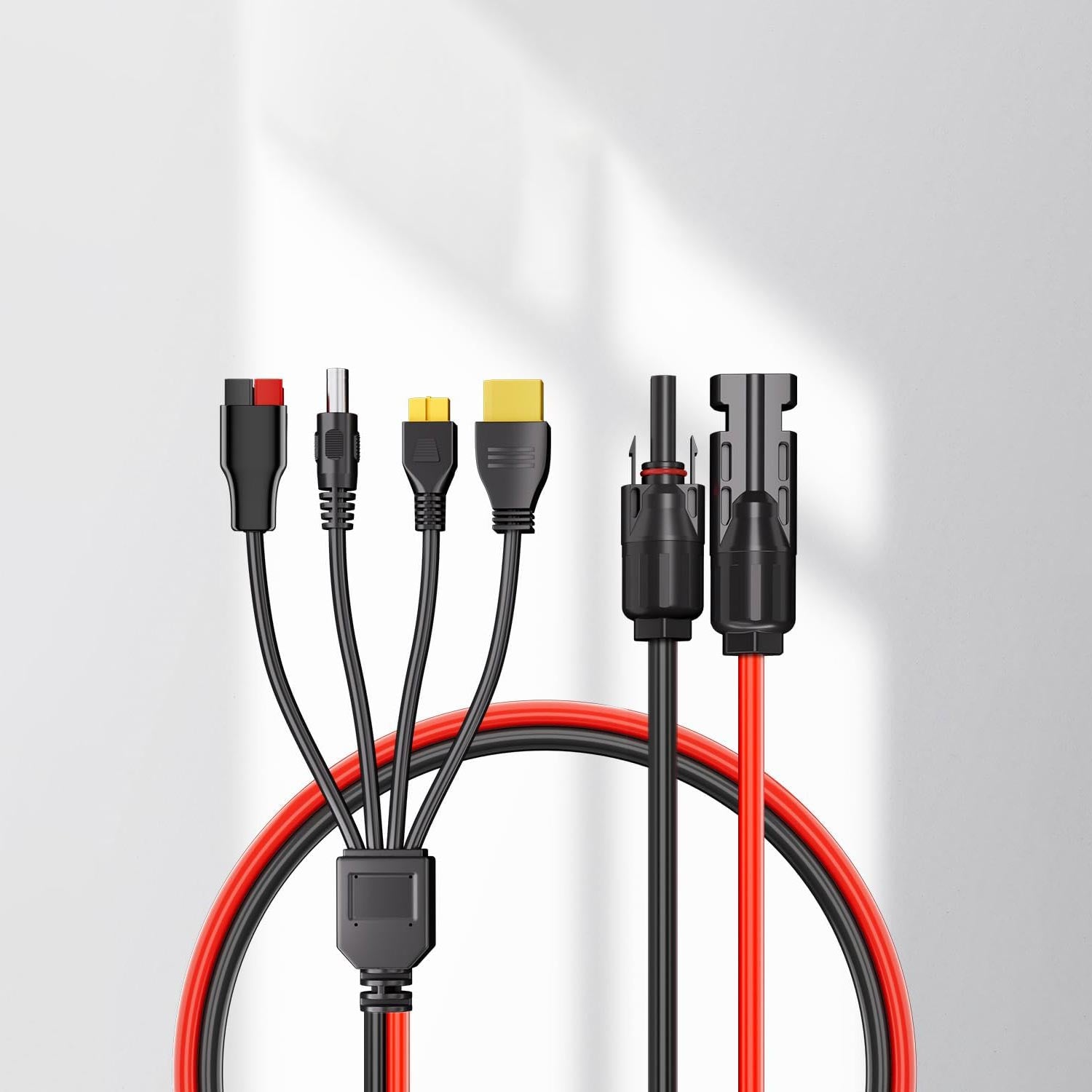Lead Acid Battery vs LiFePO4 vs Lithium NMC
In a world where energy independence is becoming crucial—whether for an RV, an off-grid solar system, or a portable power station—choosing the right battery technology is essential. Among the wide range of options, three technologies currently dominate the market: lead-acid batteries, lithium NMC (Nickel Manganese Cobalt) batteries, and LiFePO4 (Lithium Iron Phosphate) batteries.
In this article, we compare these three battery types using objective criteria: lifespan, safety, performance, weight, price, and compatibility with modern applications such as portable solar panels and portable power stations.
Lead-Acid Battery: An Affordable but Aging Solution
Lead-acid batteries (AGM, Gel) are the oldest technology still widely in use.
Advantages:
Very low initial cost
Proven technology
Compatible with many existing systems
Disadvantages:
Very heavy and bulky
Low depth of discharge (max 50% recommended)
Short lifespan: 300–500 cycles
Requires regular maintenance
Less efficient in cold temperatures
Lithium NMC Battery: High Performance but Less Stable
Lithium NMC batteries (commonly used in smartphones and electric vehicles) are known for their very high energy density.
Advantages:
Very lightweight
Excellent energy density
Fast charging times
Disadvantages:
Less thermally stable
Requires a strong BMS for safety
Fewer cycles than LiFePO4 (800–1,500)
High cost for an average lifespan
LiFePO4 Battery: The Most Balanced Technology
LiFePO4 batteries combine safety, durability, and performance. They have become the benchmark for solar installations, recreational vehicles, and off-grid systems.
Advantages:
Up to 6,000 charge/discharge cycles
Very safe: no risk of thermal runaway
Depth of discharge up to 100%
No maintenance required
Perfectly suited for LiFePO4 solar batteries and portable power stations
Lightweight and compact form factor
Disadvantages:
Higher initial price compared to lead-acid
Requires a compatible charge controller (MPPT recommended)
Although LiFePO4 batteries are designed to support a depth of discharge of up to 100%, their lifespan is still linked to the daily discharge level. The deeper the discharge, the greater the stress on the cells, which can gradually reduce the total number of cycles.
For the best balance between performance and longevity, it is recommended to use LiFePO4 batteries at around 80% depth of discharge during regular use. This significantly increases their lifespan while maintaining excellent usable capacity.
Depth of Discharge (DoD) vs. Typical Lifespan (Cycles):
| Depth of Discharge (DoD) | Typical Lifespan (Cycles) |
|---|---|
| 100% | 3,000 – 4,000 cycles |
| 80% | 4,000 – 5,000 cycles |
| 50% | Over 6,000 cycles |
Comparison Table
| Criteria | Lead-Acid | NMC | LiFePO4 |
|---|---|---|---|
| Energy density | ★★☆☆☆ | ★★★★★ | ★★★★☆ |
| Number of cycles | 300 – 500 | 800 – 1,500 | 3,000 – 6,000 |
| Depth of discharge | 50% | 80 – 90% | 90 – 100% |
| Weight | Very heavy | Very light | Light |
| Thermal safety | ★★★★☆ | ★★☆☆☆ | ★★★★★ |
| Maintenance | Required | None | None |
| Long-term cost | Low value | Medium | Excellent |
Which Battery Should You Choose Based on Your Needs?
Small budget, occasional use: Lead-acid battery
Off-grid solar system: Lithium LiFePO4 battery
RV / Van / Boat / Mobile energy needs: Aferiy portable power station + portable solar panel (modular system based on LiFePO4 batteries)
FAQ – Frequently Asked Questions
What is the difference between LiFePO4 and standard Lithium-ion?
LiFePO4 is more stable, safer, and has a much longer lifespan.
Can a lead-acid battery be replaced with a LiFePO4 battery?
Yes, as long as the voltage and charging system are compatible. Many Aferiy models are “plug & play.”
Is a LiFePO4 battery compatible with a portable solar panel?
Yes, with a suitable solar charge controller (MPPT recommended).
Which battery lasts the longest?
LiFePO4 batteries can last up to 10 years depending on usage.
Conclusion
In 2025, LiFePO4 batteries stand out as the best solution for reliable, safe, and long-term energy autonomy. While they may be slightly more expensive upfront, they are far more cost-effective over time compared to lead-acid or NMC lithium batteries.
If you’re looking for a high-performance battery for your van, solar system, or mobile energy use, trust Aferiy—a brand that designs modular and durable LiFePO4 batteries, ideal for portable power stations providing clean and autonomous energy, both on the go and off-grid.

